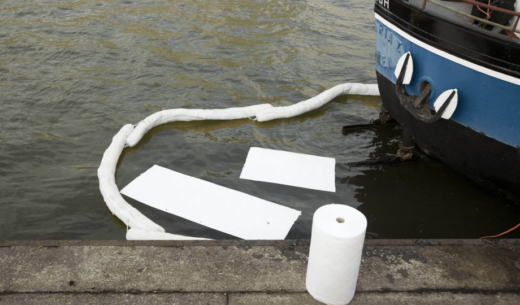A Comprehensive Guide to Protective Clothing Standards and Requirements
To build a safety-conscious work environment, it is crucial to prioritise the protection of workers. This involves not only adherence to safety protocols but also providing protective clothing that enhances the overall safety culture. What elevates a garment, such as a jacket, beyond its basic form to become a piece of protective clothing?
ISO 13688 Protective Clothing General Requirements is the foundational standard, establishing general performance requirements for all protective clothing seeking CE marking within the UK and Europe. For a garment to be considered an item of protective clothing by ISO 13688, it must include protectors covering or replacing personal clothing and designed to provide protection against one or more hazards.
It is crucial to note that ISO 13688 is not a standalone standard; it doesn’t certify protective properties specific to each garment but is used in conjunction with other protective clothing standards. ISO 13688 alone on a label is not permitted. For example, high visibility protective clothing will also be certified to EN ISO 20471, and protective clothing suitable for use where there is a risk of ARC Flash will be certified to IEC 61482-2.
ISO 13688 is beneficial for all buyers of protective clothing as it creates a consistent approach for manufacturers in how they design protective clothing and how they present important information to the wearer.
ISO 13688 outlines requirements for ergonomics, innocuousness, aging, design, comfort, size designation, markings, and the information to be supplied by the manufacturer.
ergonomics
Improves the overall functionality of protective clothing; it refers to the design and comfort of the garment. It must be designed to ensure it remains in place during work, allowing for movement and postures that the wearer could reasonably expect to adopt during their work. It also details requirements for design elements such as coverage, to ensure the body is protected, for example it is a requirement that a jacket should not rise above the waist, when arms are raised. Garments are also expected to not impair a worker’s vision or injure the wearer. It outlines that garments should be comfortable; they should not feature rough or sharp elements or should not be so heavy or tight/loose that it restricts movement.
innocuousness
Innocuousness covers the fact that protective clothing should not adversely affect the health or hygiene of the user. It should not release substances generally known to be toxic, carcinogenic, mutagenic, or allergenic. The manufacturer must supply evidence confirming that the product does not contain anything harmful, such as OEKO-TEX® Certification or Material Data Sheets.
Aging
Aging refers to dimensional changes from the cleaning process. The standard outlines parameters in term of size that the garment should remain within after 5 wash cycles.
size designation
Size Designation requirements ensures there must be a consistent approach to size labelling. Clothing must be marked or labelled with the correct body size based on standard body dimensions in centimetres. Body measurements are shown, not garment measurements.
marking
Marking requirements outline what information should be on a garment label. The style code or style name and size must be shown. The label should clearly show pictograms with levels of performance. It must have a care label e.g. washing and drying directions. It must also state the number of cleaning processes the garment can withstand to meet the standard (ISO 13688 standard states 5 washes). It must also be in an official language of the state of destination and all labels must be legible. Where an item is for single use, it must have a Single Use PPE warning – ‘Do Not Reuse’.
manufacturer information
Manufacturer Information is expected to be presented in a standardised format. The manufacturer of your item of protective clothing must supply their (and/or authorised representative) name and full address. The number of the specific product standard, year of publication should be seen. Explanation of any pictograms and levels of performance. All main materials of all layers of protective clothing. Instructions for use as appropriate for the specific.
ISO 13688 is developed to assist manufacturers, buyers of protective clothing, and wearers alike in establishing specific requirements that distinguish protective clothing from everyday wear. This standard instils confidence by ensuring that such clothing is thoughtfully designed with the well-being of workers in consideration.









